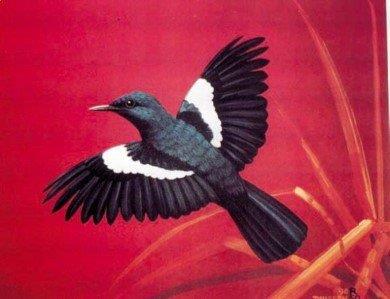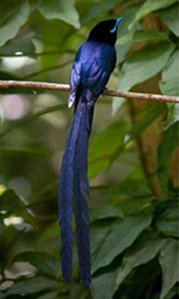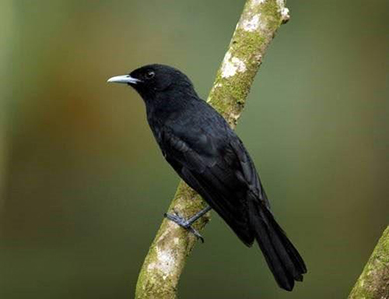An Obnoxious Invader
A native of the Indian subcontinent with a natural range from the Middle East to Bangladesh, the Indian Myna has now been introduced all over the world.
They feed on a wide variety of food, and can readily adapt to new environments. They can raise three broods of young each year, enabling their numbers to expand quickly. They are noisy – particularly noticeable at their night-time roosts, prey on native wildlife, territorially aggressive to native birds and arboreal mammals, long lived, not afraid of humans, and congregate in flocks from 5 to 20, making them very disliked by people.
Indian Mynas have been implicated in the demise or decline of a number of overseas birds: this includes the Seychelles Magpie Robin, Paradise Flycatcher, Seychelles Warbler, Red-moustached Fruit Dove, the Tahitian Monarch, Rimatara Lorikeet, and Mangaia Kingfisher.



What can we do about this undesirable invader?
Some simple things include:
- not leaving cat and dog food out in the backyard during the day for mynas to take,
- making public areas such as shopping centres, restaurants and cafes much less attractive to mynas by not leaving food around,
- planting more shrubs in gardens to reduce open areas that mynas prefer,
- avoid planting tall thin trees with dense foliage such as pencil pines which flocks of mynas use for roosting at night;
- check your roof for any holes or entry points and block them to prevent entry by mynas, making sure at the same time that you haven’t accidentally imprisoned a possum or other native resident, and
- keeping stock feed in rural areas secured away from mynas.
